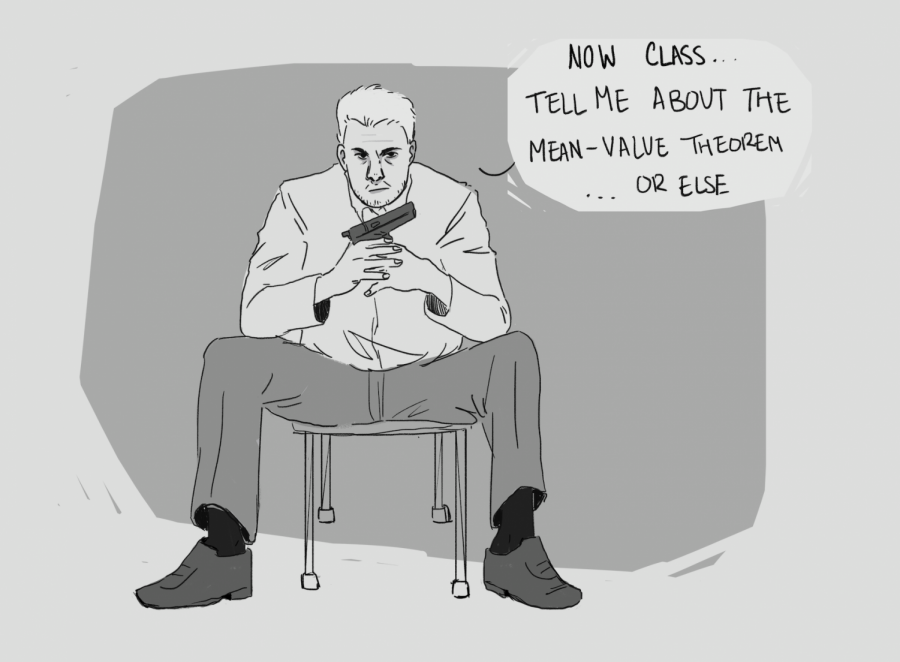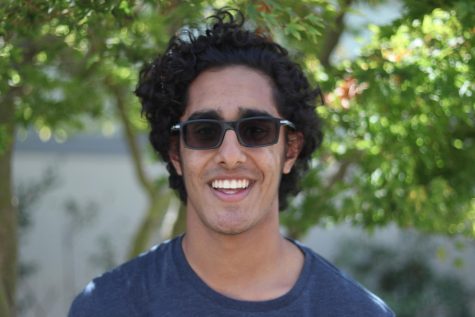Arming Teachers is a Dangerous Proposal
March 26, 2018
The day I heard that arming teachers was being seriously considered to deter mass shootings, I thought about my teachers holding guns. It was a ridiculous and scary image. My teachers already have the stress of managing a classroom, grading homework and papers, and proctoring tests. In the midst of all of that, how would they be able to learn how to use and handle a gun in the classroom? Perhaps, rather than putting guns into our schools, we should listen to those who have survived shootings when they tell us that this should not happen again.
The activists that have come out of this tragedy are high school students. They walked out of school on what should have been a normal day with their hands above their heads in order to show the police that they were unarmed. They are giving speeches, they are protesting and marching, they are talking to lawmakers and they are walking out. They are loud, stubborn high schoolers, and they need to be heard.
More guns in an active shooter situation lead to more confusion. That confusion could lead to mistakes, and those mistakes could be fatal. In an active shooter situation, law enforcement on the scene may be confused if the person holding a gun is a shooter or a teacher. If a teacher engages an active shooter, students could be caught in the crossfire. According to Tyler Bonin, a former United States Marine, “13 weeks of training represents a minimum level of proficiency needed to simply be functional in a combat environment. The ability to enter a building and effectively clear rooms — a skill needed to stop an active-shooter situation — requires an added layer of training and specialization.”
Arming teachers is not the answer to mass shootings. According to Bonin, “There is a difference between firearms training — which develops proficiency in marksmanship and attached safety protocols — and the ability to engage a threat while under fire. At a shooting range, targets do not fire back.”
Rather than putting guns in the classroom, we can address the very weapons that have been used in countless mass shootings. In 1994, President Clinton signed a federal assault weapons ban into law. In the 10 years that the ban was in effect, the number of gun massacres fell by 43 percent. Rather than putting more of these weapons into schools, we can remove the most dangerous ones completely and prevent mass shootings.
It is hard to argue that the United States does not have a gun problem. The students from Marjory Stoneman Douglas High School are leading a charge to solve a part of this problem, and rightfully so. Gun violence in America will not stop overnight. It will be a long, painful process. That does not mean we should not start now.




